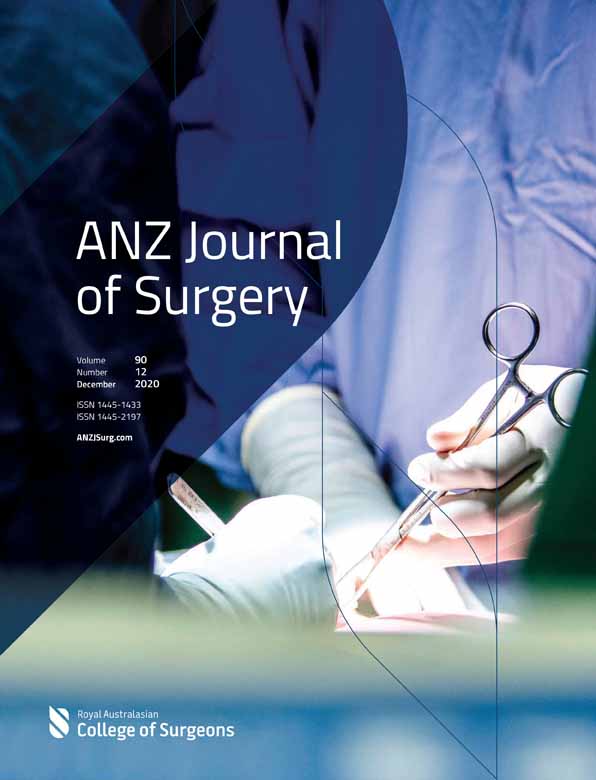Part 2: Blockchain technology in health care
Abstract
Blockchain technology is one of the many disruptive technologies of the Fourth Industrial Revolution that will irrevocably change the way we live and work. These technologies are well embedded in the areas of global finance, health care and defence, to name a few. This review focuses on the relevance of blockchain technology to health care. Blockchain technology will be the unifying platform for sharing patient data currently inaccessible due to the siloed architecture of legacy software systems, and as a result potentially be the basis for precision or individualized patient treatment. It will also strengthen digital security of sensitive patient data that is presently a lucrative target for cyber criminals. In the current COVID-19 environment, clinicians will rely more on telehealth to reduce person-to-person contact. This service can be delivered by the clinical team with confidence in the veracity of the patient data made accessible through the blockchain platform. Smart contracts written on the blockchain platform will reduce the possibility of international humanitarian aid to low- and middle-income countries being misspent. The pharmaceutical supply chain industry is adopting blockchain technology to ensure supply chain provenance. Similarly, the health insurance industry recognizes how the blockchain ecosystem can improve services to its members and expedite reimbursements to clinicians.
Conflicts of interest
LT has pecuniary interests in Solve.Care.




